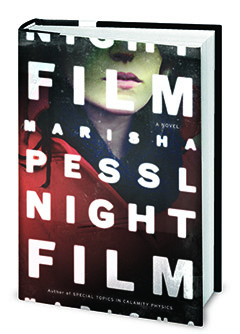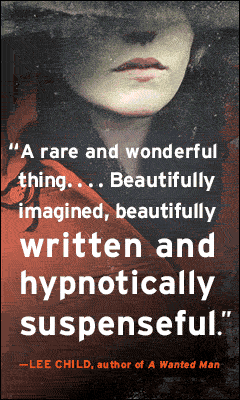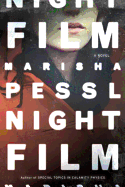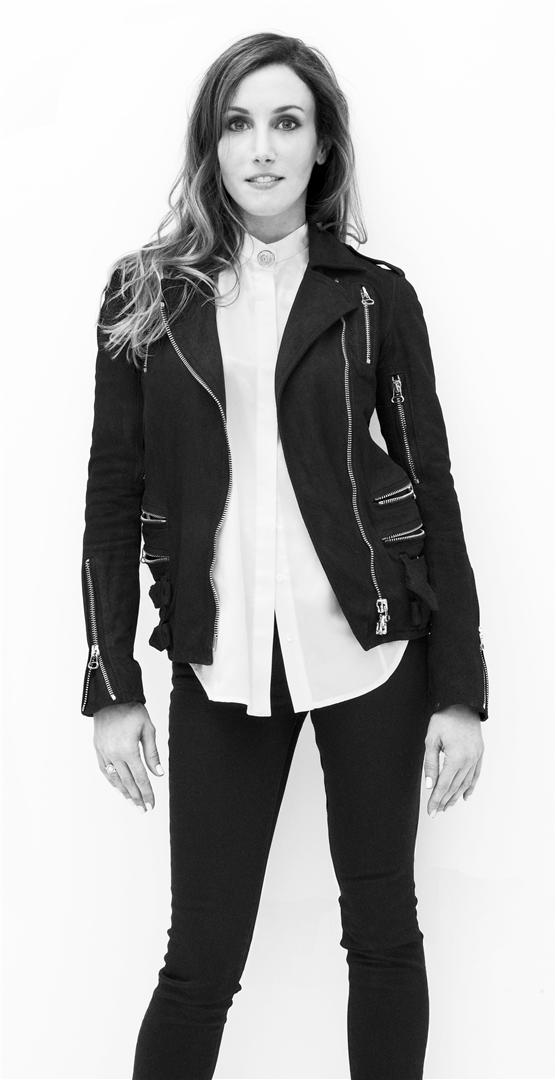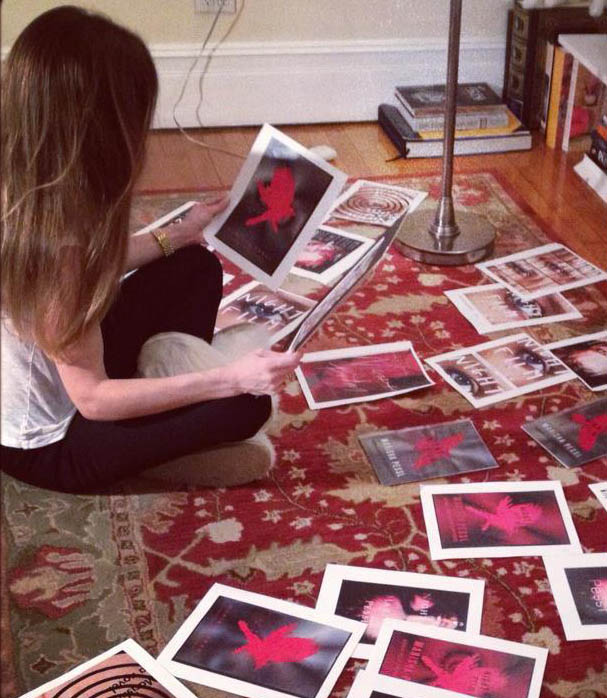Night Film
by Marisha Pessl
Night Film is built around two absences that chip away at the psyche of the novel's narrator, disgraced investigative journalist Scott McGrath. His immediate concern is the apparent suicide of the former musical prodigy Ashley Cordova, whom he may have seen shortly before her death. Beneath that mystery, though, lies the even greater enigma of Ashley's father, the reclusive film director Stanislas Cordova. Pessl is obviously drawing inspiration from Stanley Kubrick here, but she pushes the legend of Cordova into far darker dimensions; his later films are said to be so disturbing that they're no longer distributed by Hollywood studios, but literally have gone underground in screenings organized by his cult-like fan base. "The space around Cordova distorts," one character warns McGrath. "Information gets scrambled, rational minds grow illogical, hysterical." (Even the director's fan website, several pages of which McGrath views during his investigation, exists apart from the regular Internet.)
Solving Ashley's death is a personal mission for McGrath: his career went on the skids five years ago when he recklessly accused Cordova of committing crimes against children and was sued for slander. So he's determined to prove that he was on to something back then--but is it the story he thought it was? Meanwhile, as he starts probing Ashley's last days, he picks up two unwanted research assistants. First, there's Hopper, a young drug dealer lurking around the construction site where Ashley's body was found. McGrath knocks him out, swipes his cell phone, then cajoles him into an interview as he's giving it back the next day. In return, Hopper invites himself along to McGrath's next interview--with Nora, the coat-check girl at the Four Seasons, who may have been the last person to see Ashley alive. Soon, she too is dogging McGrath's every footstep, as the two 20-somethings provide a running commentary on each new development (and, frequently, McGrath's fitness of character).
Pessl revels in the noir setup of her story, fleshing out McGrath as a hard-boiled narrator who quite rapidly gets in way over his head, with Nora falling into place as the (not really so) ditzy moll with a heart of gold and Ashley's femme fatale ghost looming over the proceedings. But Night Film is also marked by a flair for the baroque, as both Ashley's death and Stanislas Cordova's backstory take on increasingly occult overtones. Again, there are traces of late Kubrick here, especially The Shining and Eyes Wide Shut, but Pessl's ultimate vision is more complexly layered. Some of the flourishes might seem parodic--it's not enough that Cordova withdrew from the world to a sprawling estate in the woods of upstate New York; that mansion was built, we're told, on a Mohawk massacre site, with a former occupant who went insane. Other details, however, deliver a more genuinely chilling effect, like the brief appearance of the Japanese ghost story tradition Hyaukonomogatari Kaidankai, also known as "The Game of 100 Candles."
Though it's rich in plot, the ultimate strength of Night Film lies in such atmospherics, and Pessl holds nothing back on that front. She has developed full scenarios for several of the films in Cordova's nearly 50-year career, each one creepier than the next. At times, her vision is so elaborate that words aren't enough to convey it. In addition to pages from Cordova's fan website, Night Film also reproduces (fictional) articles from sources like the New York Times, Vanity Fair and Rolling Stone, an online slideshow at Time, Ashley's admittance form at a mental institution and McGrath's original typewritten research notes with accompanying photos. These visual elements are integrated smoothly into the narrative, popping up as McGrath finds them in his search, and there's almost always something in them that will eventually move the story forward.
Pessl skillfully builds the dark tone of Night Film to a fever pitch. Ultimately, she has to define the rabbit hole down which McGrath has fallen, and once she's made her choice she sees it through in a way that remains emotionally authentic to his personality as it's unfolded over the preceding chapters. Her decision, however, is likely to provoke vehement reactions from critics and other readers. In a way, you can see that as a tribute to the story's compulsive allure--that it's possible to get so caught up in McGrath's struggle to make sense of the mysteries surrounding Ashley and her father, to become deeply invested in the theories we've constructed about the possible solutions, only to realize that Pessl is steering us down a different path. --Ron Hogan



